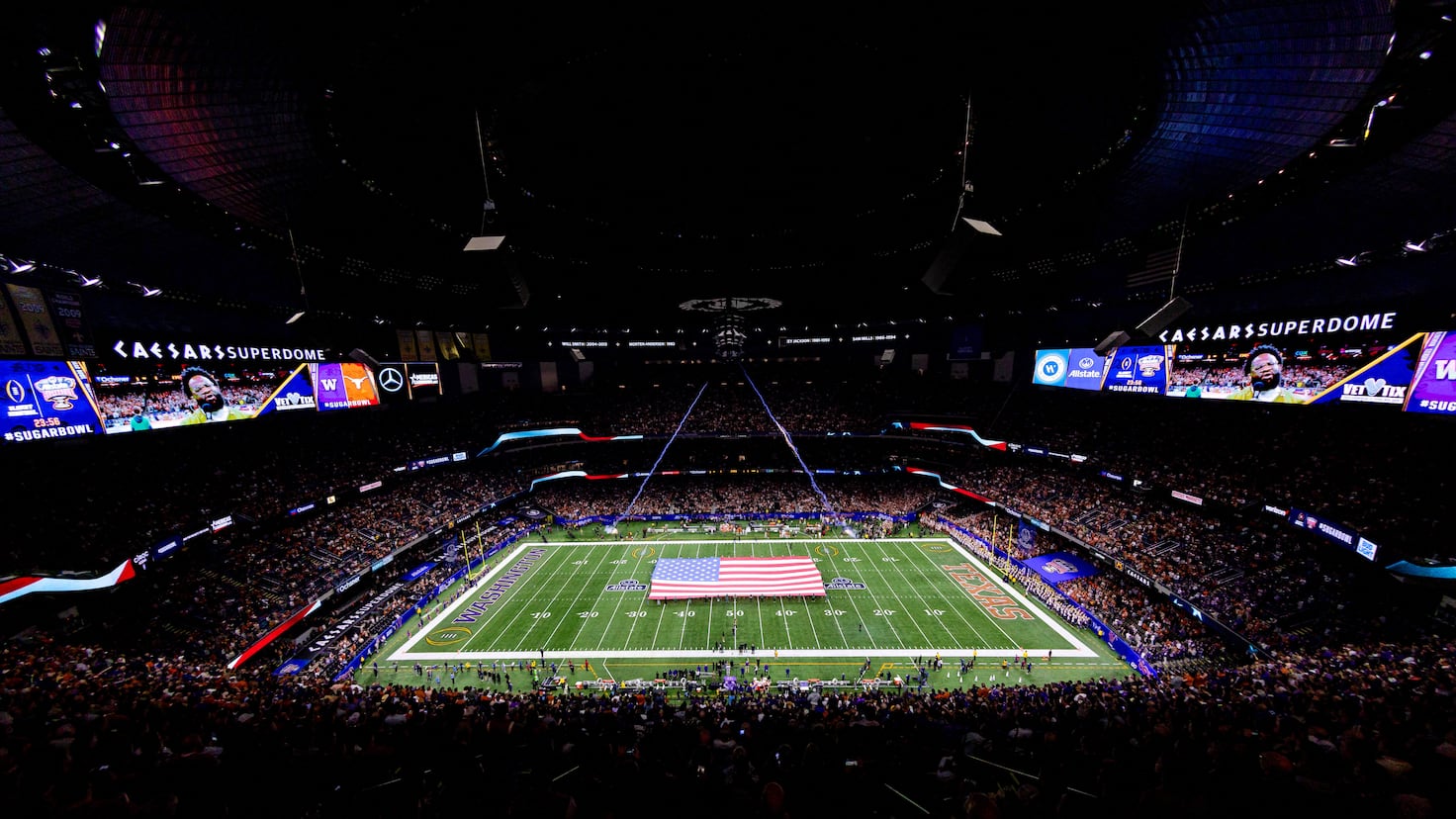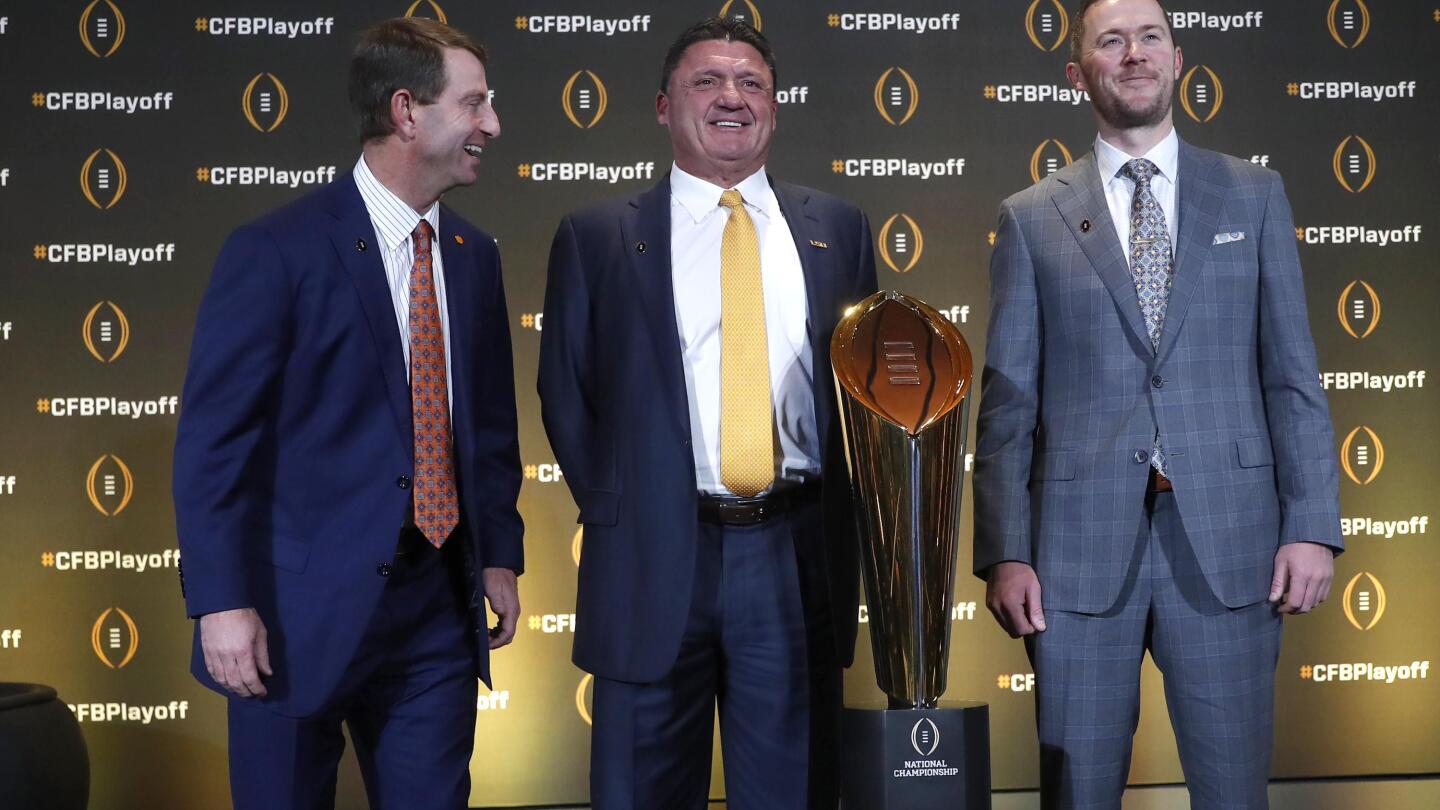I will have to search for the article, I am not finding it quickly. I recall it from the negotiations with the B1G or SEC, if I recall correctly. Anyway, it explained that the network (possibly CBS?) was getting more hoops games and it was worth the larger increase that the B1G? wanted to for the extra hoops games because of the ratings to balance it out.
In terms of simple math, football has 12 games at 3 hours, or 36 hours of TV time. The P5 generally have 7 home games so their network controls 7/12ths of the 36 hours, or 21 hours.
Hoops plays 30 games at 2 hours or 60 hours of TV time. P5 schools often play 18-20 home games, or 3/5ths to 2/3rds of the TV time, or 36-40 hours, controlled by their network. Obviously, the share of the market, time slot, and audience matters, but that is for an analytics specialist to decipher, I am not that person. However, we can see that hoops offers much more revenue opportunity per team. Further, we know that the standard argument has been that football drives the bus at 75/25 split, a 3 to 1 ratio.
For that to be true, assuming straight numbers, football would require audiences nearly 6 times that of hoops to warrant the assumed justification. Assuming the 3/1 ration and the the fact that football has half the total hours of opportunity, to make the ratio of 3/1 work, the actual TV ratings MUST average 6 times better football to basketball on a per hour basis. Remember, football must generate 75% of the revenue in one third of the time. Hoops must generate 25% of the revenue in 2/3 of the time.
While the big games may draw some big numbers, the lesser games simply don't draw the numbers. Fans of the teams involved are the primary draws in lesser games, even in a UM/Butgers game, UM and Butgers fans will be the primary draw, not much else. The casual fan will look for a better game.
Again, a serious analyst will need to run hard numbers but the numbers I have viewed - admittedly annecdotally - have never been skewed enough to warrant the ratio described above.
To further complicate the matter, the second maxim used in calculations is that the ACC is the exception to the rule, that hoops is the real draw and it is closer to 50/50. That does not really compute as the ACC remains mostly a southern centered conference, but let's not let geography get in the way of a good negotiation tactic by ESPN (or is it BSPN?). Anyway, if that rule is true, the "football drives he bus" rule is a false claim to begin with and the ratio is a false claim. Neither can be true in general, as stated without further proof of claim because the claimants (the networks) are using the claims to control their contracts. In short, it is a claim in self-interest, not a claim in fact. The claimant has the duty to prove the facts, they never have proved the facts for any claim ("football drives the bus", "the ratio is 3:1", "the ACC is the exception", "The ACC is more like 50:50"). Again, these are their claims, they hold the cards, no one has called them on their claims.
We do know the 2019 numbers for ESPN's CFB ad revenue from an outside source:
$800M College Football Advertising Dollars At Stake For ESPN.
Regular season $793MM, Bowls $345MM. Hoops numbers are not readily available online. ESPN is hiding their own numbers fairly well for obvious reasons.
Back to the numbers, while each hoops game does not average the same as a football game, I don't recall each hoops game coming in at 1/6 of the football games. While there are stinkers, there are also great ratings games, just like football.
Further, we do know that hoops brings in more than $1B to the NCAA for three weeks of March Madness.
NCAA rebounds in '21 with $1.15B in revenue CBS must at least double that in ad revenue to make a profit. The regular season must bring in substantial revenue, too.
Anyway, we have not addressed the fact that the northeast is argued as a non-CFB territory, pro-sports territory, College hoops secondary territory (yet another maxim which makes the others that much harder to prove). This only further compounds the arguments the networks put forth and the mindless mouthpieces regurgitate because nobody wants to challenge "conventional wisdom" when there is no documented basis for the "conventional" wisdom and some documented basis for questioning the "conventional wisdom".
Anyway, I hope this helps. I hope some serious marketing and advertising people can do the deep dive into this subject and show what is really happening. I know what I have provided is merely a simple overview and cannot be applied equally across a spectrum, rather it is a general hypothesis needing research. I neither have the time nor the skill to perform that kind of research.


